Talk Overview
How do complex multicellular organisms develop from single celled eggs with a single nucleus? We study this question in the fruitfly, Drosophila. In these insects, as in many other organisms, the major body plan is predetermined during oogenesis, or egg development. In the first part of the lecture, I will give an introduction to oogenesis in Drosophila, and the techniques we use to find genes that are responsible for determining the major axes of the egg and embryo. Interestingly, our analysis revealed that this process requires cell to cell communication between the oocyte and the surrounding follicle cells. It involves a signaling molecule, Gurken, which provides a localized signal from the oocyte to the follicle cells and ultimately sets up both the anterior-posterior as well as the dorso-ventral axis of the egg.
In the second part of the lecture I will introduce our ongoing efforts to understand axis formation in Drosophila oogenesis at a molecular level. In the first part of the lecture, I introduced the localized signaling molecule, Gurken. The RNA that encodes Gurken accumulates in a very restricted area of the oocyte. This localization signals spatial information to the surrounding follicle cells. I will explain how we use a combination of biochemical techniques and live imaging to unravel the mechanisms that localize this RNA during oocyte development. This work is in progress, and the lecture will provide a snapshot of what we know and what the open questions are.
Part 3: The third part of the lecture focuses on the spatial information that is conveyed by the oocyte to the surrounding follicle cells. I discuss how the spatially restricted activation of the EGF receptor by the signaling molecule, Gurken, is relayed into a cascade of information that ultimately sets up the dorso-venral axis of the embryo. I explain how we use genetic mosaicism in the follicle epithelium to ask questions about this signaling process. I also summarize results that were obtained in collaboration with my colleague, Stas Shvartsman, where we used a combination of experiments and modelling to determine the shape of the Gurken gradient.
Speaker Bio
Trudi Schupbach
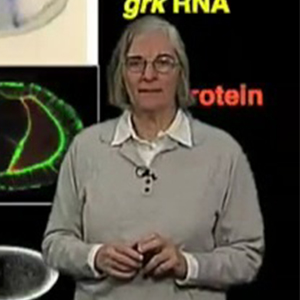
Trudi Schupbach is Professor of Molecular Biology at Princeton University and a Howard Hughes Investigator. She grew up in Switzerland, and did her undergraduate and graduate work at the University of Zurich studying the development of the genital disc and sex determination in the germline of Drosophila. She moved to Princeton as a research associate… Continue Reading
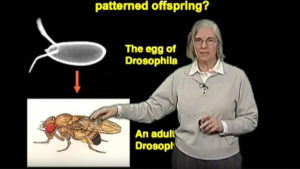
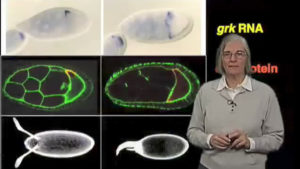
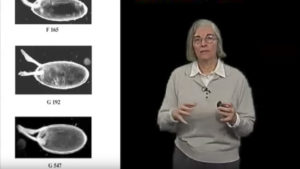
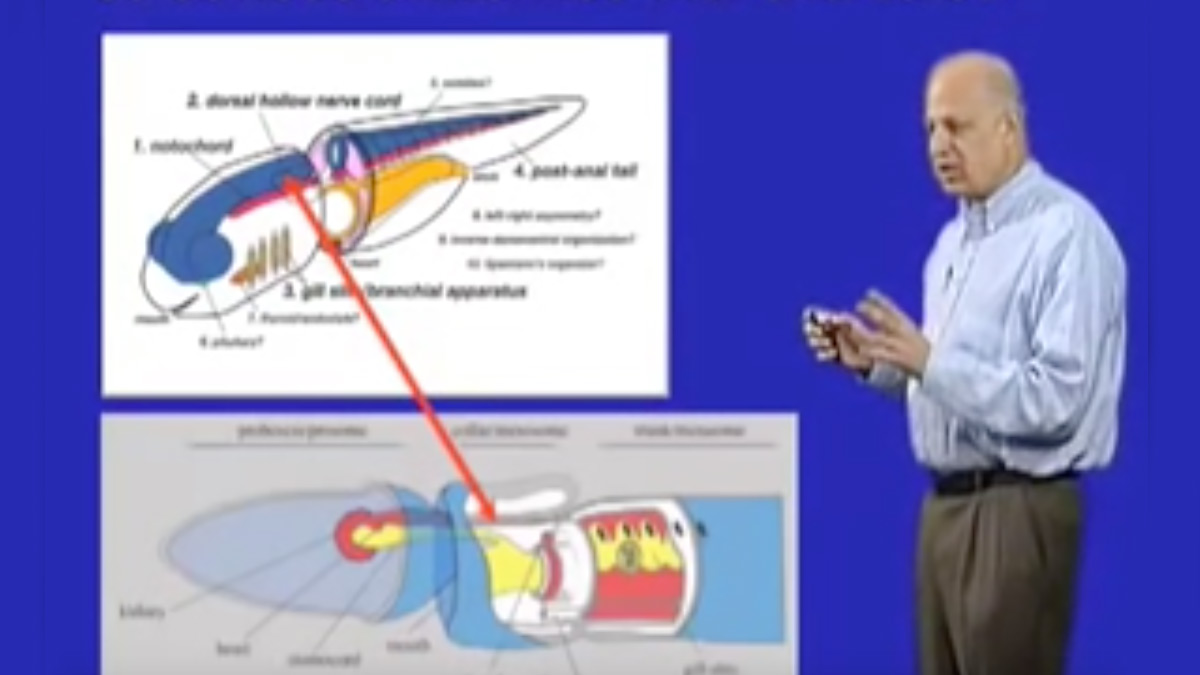
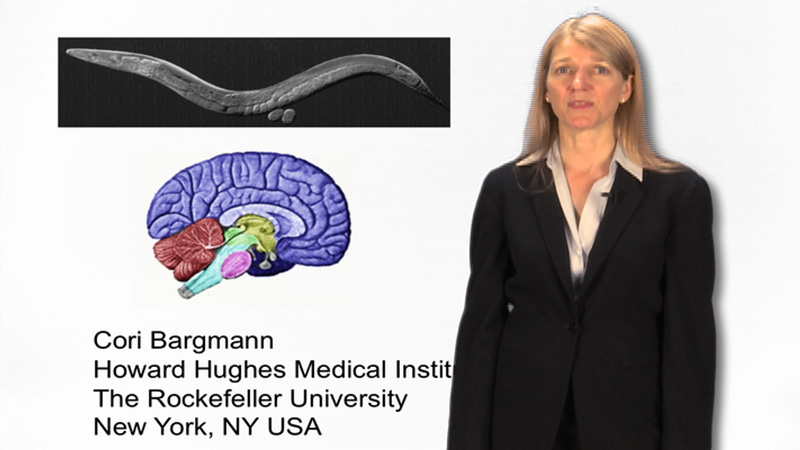
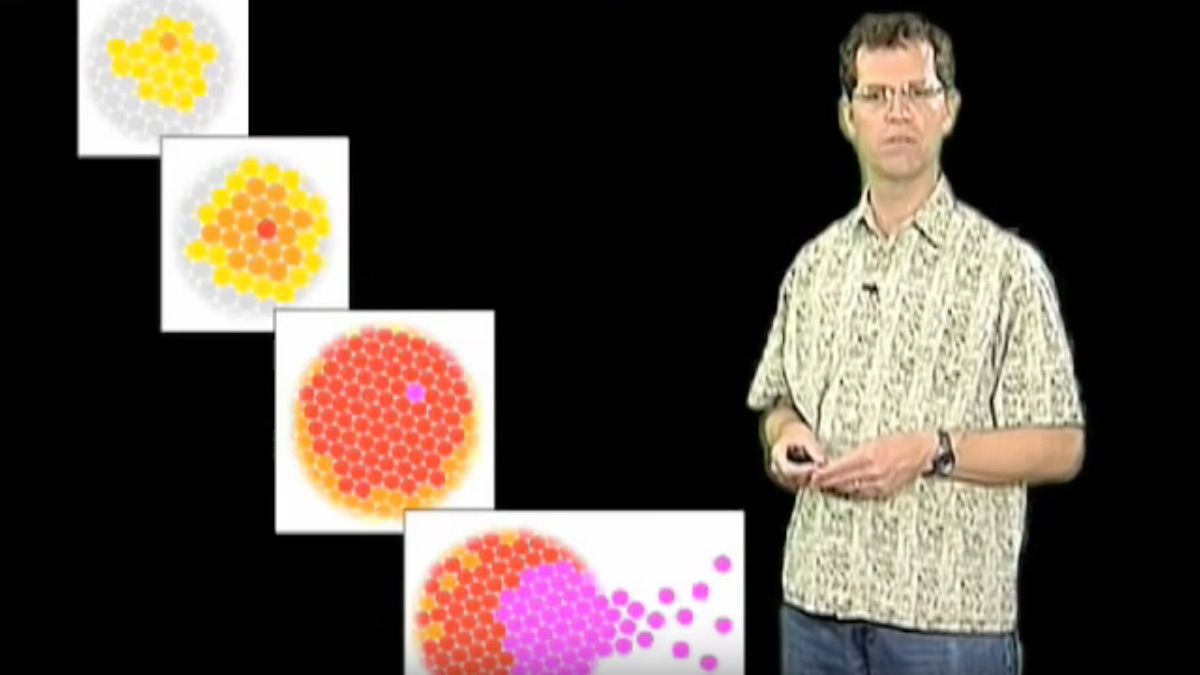
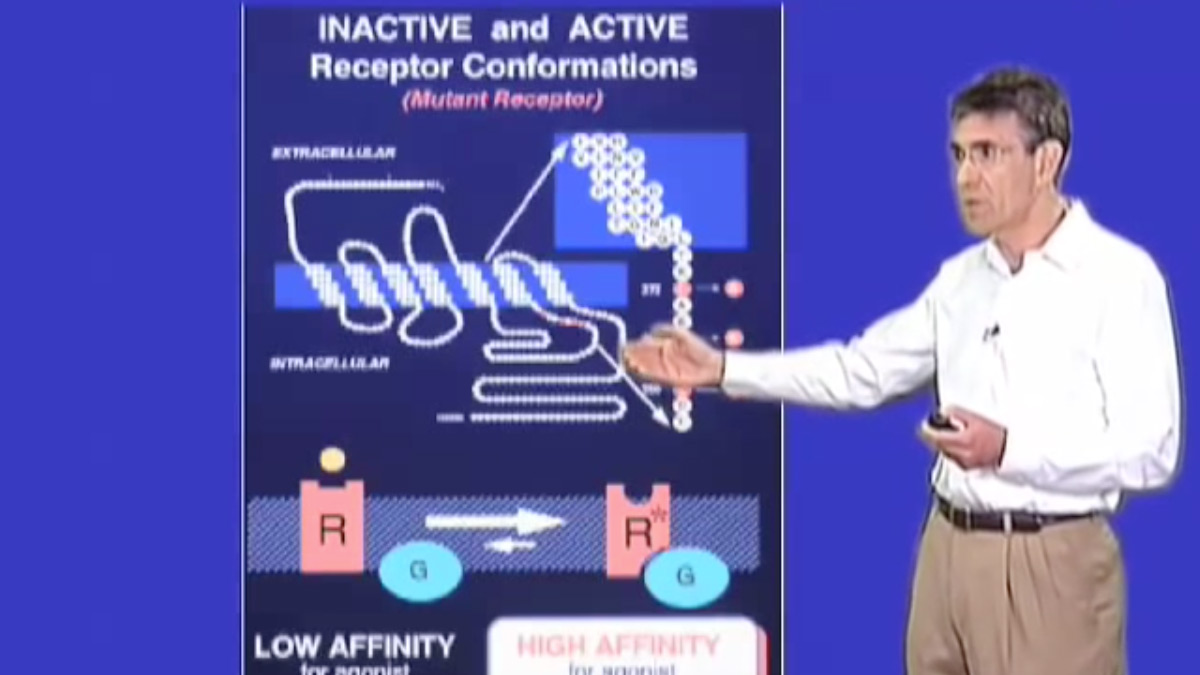





Leave a Reply